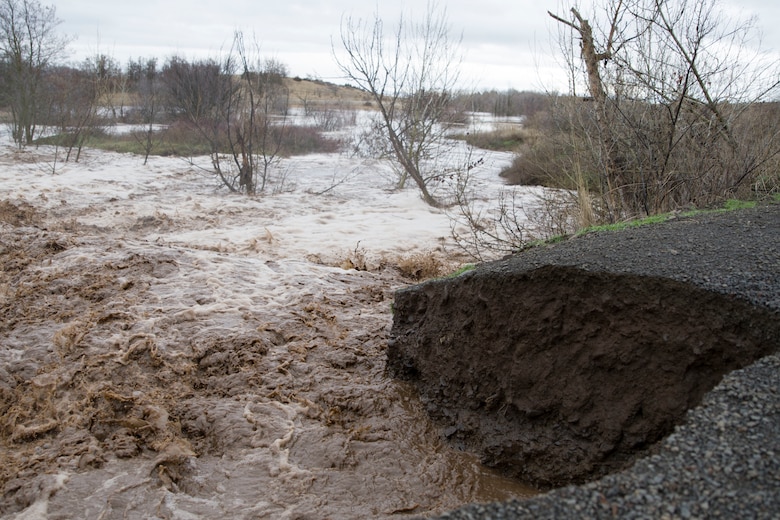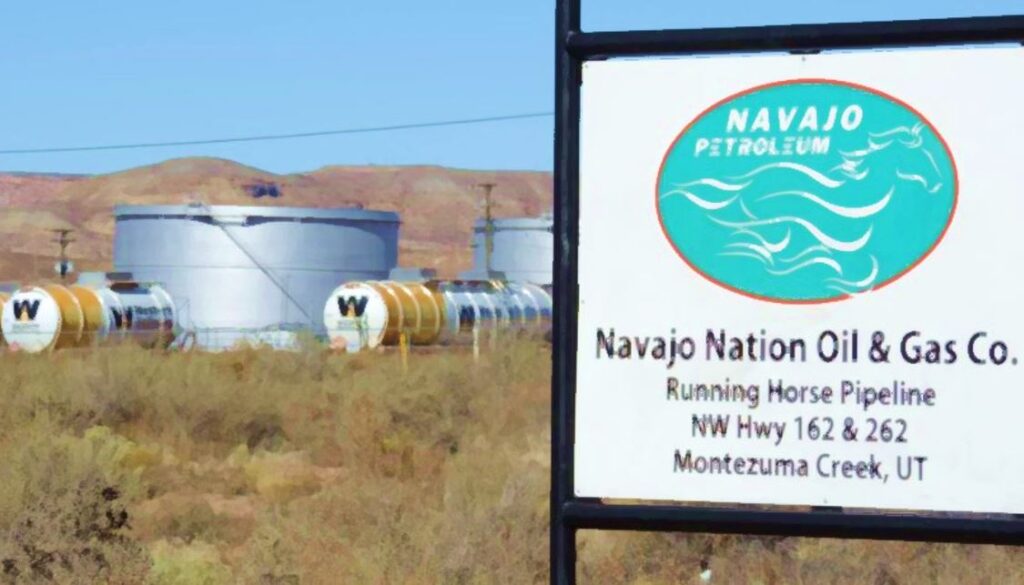Inspired by the RANGE magazine’s wildfire-focused stories in the Winter 21/22 issue, Ralph Sacrison of Elko, Nevada penned this powerful letter to the local office of the U.S. Forest Service.
Josh Nicholes District Ranger
660 South 12th Street Suite 108
Elko, Nevada 89801
Re: Deer Mountain Timber Stand Improvement and Hazardous Fuels Reduction Project
Mr. Nicholes,
I thank the United States Forest Service for the opportunity to submit this letter as input on the proposed Deer Mountain Timber Stand Improvement and Hazardous Fuels Reduction Project. The project scope is 43,250-acre, of which 20,209-acre are in roadless areas. The glaring disappointment in the proposal is that commercial action is severely restricted, in both prevention and remediation. In continuing to prevent efficient commercial forest management, the USFS essentially is proposing a smooth legalistic solution which solves and saves little, but assures bureaucratic cover and administrative micromanagement by the agency. It will be instructive to learn how many of the 67 square miles actually improve under the ten-year plan – and whether improvement is in time to avoid the next firestorms.
In practical terms, what these federal projects provide for Elko County and other citizens are Green New Deal third-world opportunities for household fuel collection. And whether you collect fuel, you will retain the opportunity to pay taxes for the agencies themselves to mulch and spoil the timber. Which agency-favored environmentalists evidently accept as just and righteous.
The project posits itself as an effective step toward preventing the mindsets of Friends of Nevada Wilderness, other environmental fundraisers and their agency acolytes, from inflicting devastating California-grade firestorms on Nevada forests. But ten years to clear underbrush and diseased overgrowth does not seem an effective step. American federal forests require diligent management. Based on recent decades of wildfires, American federal bureaucracies have not, and apparently cannot, provide that. Spotted owls were eaten by barred owls, and lynx habitats were hoaxes, but the agency responses were to eliminate logging and prudent forest management across their jurisdictions. And firestorms ensued.
The plan’s alternative to balanced multiple use of natural resources simply is to remain a paramount agency enabling government grifters to prevent producers – ranchers, farmers and loggers – from efficiently conducting their livelihoods on the land – livelihoods which in turn steward and protect the land and its wildlife. The Tragedy of the Commons inflicted again.
If my language and perspective seem harsh, consider that the agency chartered to serve the country in managing forests, has – in one of America’s most arid regions – characterized some 67 square miles of forest as hazardous fuels. Yet it will not allow those fuels to be commercially harvested to eliminate the danger. How will the agency handle them, and to what and whose benefit? We already know to whose cost – we taxpayers. Decades of environmental mismanagement now morph into building back better. Evidently just like the forests which went up in the Caldor, Bear, Camp, Creek, Tubbs, and the myriad other fires under Forest Service management. Taking homes, livelihoods, livestock and an unacknowledged amount of wildlife with them.
This plan seems to be more of the same, with little expectation for timely improvement and reduction of fuel load. Allow commercial harvesting of wood products and open the meadows and range to grazing. Ranching and logging families will manage the land well and efficiently. And the wildlife will benefit.
Respectfully,
Ralph R. Sacrison
Subscribe to RANGE magazine
 http://rangemagazine-com.3dcartstores.com/SUBSCRIPTIONS_c_11.html
http://rangemagazine-com.3dcartstores.com/SUBSCRIPTIONS_c_11.html




Doubt the govt will ever learn that low level winter burns, logging and grazing Work.
And the afore sequesters more carbon too.
Irregardless, might as well just let it All burn Vs the ongoing Federal mismanagement of land.